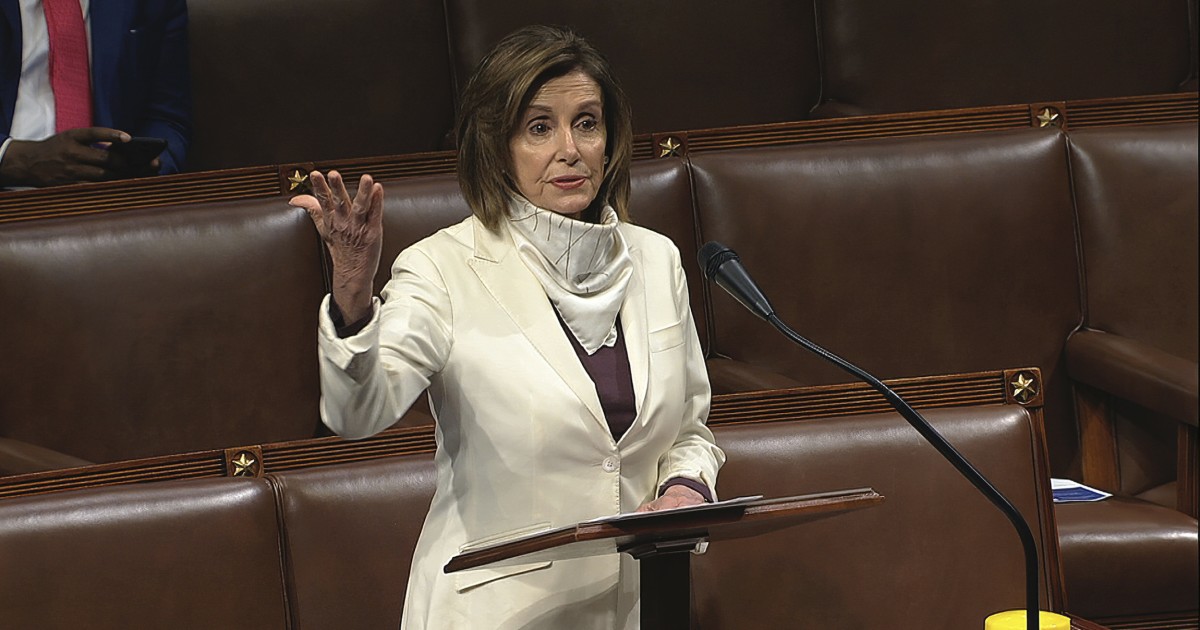| April 26, 2020 05:19 PM
House Speaker Nancy Pelosi called the justices on the Supreme Court “party hacks” over its ruling in regard to Wisconsin’s election earlier this month.
Wisconsin held its primary on April 7, despite several lawsuits to have voting delayed because of the coronavirus pandemic. The decision made its way up to the Wisconsin Supreme Court, which ruled in a 4-2 decision the day before the election that it would go on. The same day, the U.S. Supreme Court ruled that the state could not extend absentee voting in a split 5-4 vote.
“What happened in Wisconsin was unconscionable on the part of the United States Supreme Court,” Pelosi said Sunday. “They turned themselves into party hacks. Party hacks. The court had said the election had to take place on that day, the court — the lower court — also said, though, there should be a consideration for more time, etc., for getting and counting absentee ballots. The Supreme Court even reversed that.”
She continued, “They stuck with … that you have to do the election that day, but no accommodation. And why? Because they had a political purpose. Disgraceful.”
Several coronavirus cases in Milwaukee have been tied to election day, including a case infecting a poll station worker. Political leaders, including Democratic Gov. Tony Evers and former Vice President Joe Biden, were split on whether the election should take place. Biden originally supported the election taking place as planned, but he changed his outlook a day after it took place, saying, “My gut is we shouldn’t have had the in-person election in the first place.”
Pelosi has been working to require a vote-by-mail election in the upcoming coronavirus relief package. Some Republicans oppose mail-in elections because of concerns about election legitimacy.






